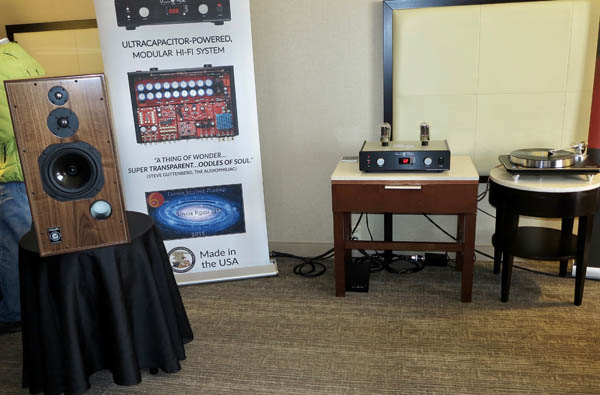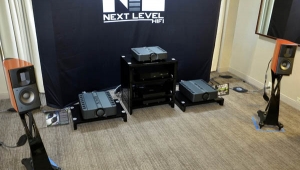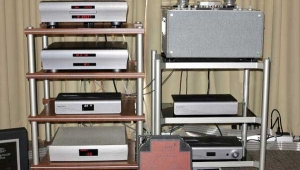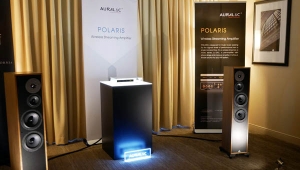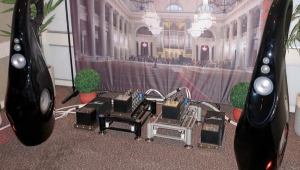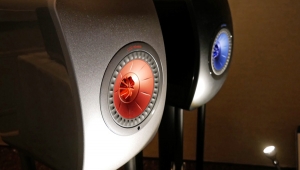| Columns Retired Columns & Blogs |
I wasn't feeling that room that much. I have no specific complaints it just didn't strike me. I looked at the price list and I really lost interest. The Aurender/Gamut room was more to my liking. Vinni Rossi/Harbeth was hard to beat. I'm not a fan of the old school looks of the Harbeth but now I know what people like about it. I think that Lio is fantastic. Great system.


